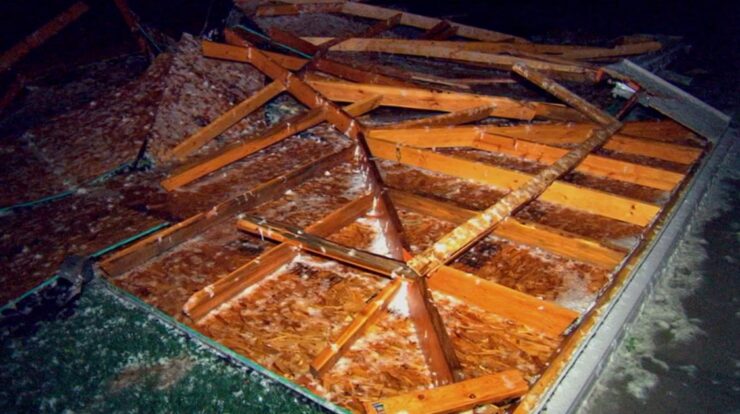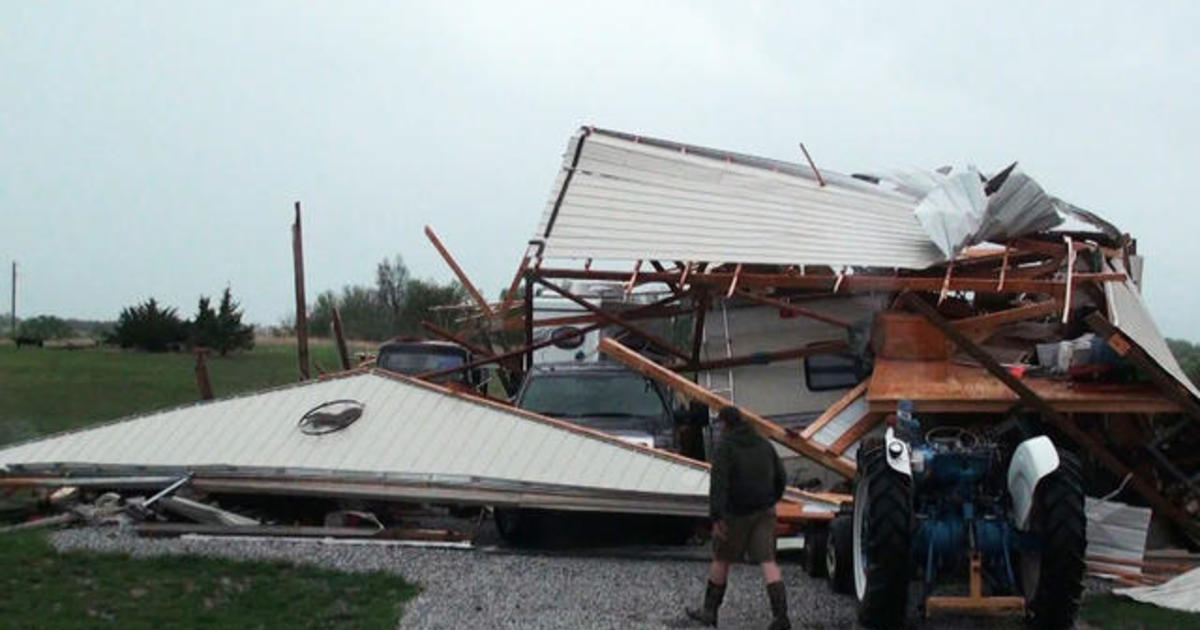
Elkhorn nebraska tornado – The Elkhorn, Nebraska tornado of 2014 left an unforgettable mark on the community, its history, and the understanding of tornado behavior. This catastrophic event, an EF4 on the Enhanced Fujita Scale, brought devastation and resilience in its wake, shaping the town’s narrative forever.
The tornado’s meteorological conditions, characteristics, and impact on Elkhorn will be thoroughly examined, highlighting the importance of tornado safety and preparedness. Additionally, the potential influence of climate change on tornado frequency and severity will be explored, emphasizing the need for mitigation strategies.
Elkhorn, Nebraska Tornado: Context and History

Elkhorn, Nebraska, a city of approximately 10,000 residents, has experienced several significant tornadoes throughout its history. One of the most notable was the EF4 tornado that struck on June 16, 2014, causing extensive damage to the community.
The tornado’s path extended for nearly 10 miles, leaving a trail of destruction in its wake. Hundreds of homes and businesses were damaged or destroyed, and several people were injured. The tornado also caused significant damage to the city’s infrastructure, including its electrical grid and water system.
The Elkhorn tornado was a reminder of the vulnerability of communities to severe weather events. It also highlighted the importance of preparedness and community resilience.
Meteorological Conditions and Tornado Characteristics
The Elkhorn tornado formed on a day with warm and humid conditions, with temperatures in the mid-80s and dew points in the mid-70s. A strong low-pressure system moved across the area, creating favorable conditions for thunderstorm development.
The tornado was classified as an EF4 on the Enhanced Fujita Scale, with winds estimated at up to 175 mph. It was a large tornado, with a width of nearly a mile at its peak. The tornado’s path was relatively straight, indicating that it was a long-lived tornado.
Several factors contributed to the severity of the Elkhorn tornado, including the strong winds, the large size of the tornado, and the long duration of the tornado.
Damage and Aftermath
The Elkhorn tornado caused extensive damage to the city. Hundreds of homes and businesses were damaged or destroyed, and several people were injured. The tornado also caused significant damage to the city’s infrastructure, including its electrical grid and water system.
The response to the tornado was swift and effective. Emergency responders from across the state came to Elkhorn to assist with search and rescue operations. The community also came together to support those who had been affected by the tornado.
The long-term impact of the Elkhorn tornado was significant. The city spent years rebuilding and recovering from the damage. The tornado also led to increased awareness of the importance of tornado safety and preparedness.
Tornado Safety and Preparedness, Elkhorn nebraska tornado
Tornadoes are a dangerous and unpredictable weather phenomenon. It is important to be aware of the risks of tornadoes and to take steps to stay safe.
There are several things you can do to stay safe during a tornado:
- Have a plan for where you will go if a tornado warning is issued.
- Stay informed about weather conditions and be aware of any tornado warnings or watches.
- If you see a tornado, take shelter immediately in a sturdy building.
- If you are caught outside during a tornado, lie down in a ditch or other low-lying area and cover your head with your hands.
Community preparedness plans are also essential for mitigating tornado risks. These plans should include:
- A system for issuing tornado warnings and alerts.
- A plan for evacuating residents from areas that are at risk for tornadoes.
- A plan for providing shelter for residents who have been displaced by a tornado.
Climate Change and Tornado Frequency
There is some evidence to suggest that climate change may be increasing the frequency and severity of tornadoes.
One study found that the number of tornadoes in the United States has increased by about 50% since the 1950s. The study also found that the average strength of tornadoes has increased over the same period.
Scientists believe that climate change may be contributing to the increase in tornado activity in several ways. First, climate change is causing the atmosphere to become warmer and more humid, which creates more favorable conditions for thunderstorm development.
Second, climate change is causing the jet stream to become more wavy, which can lead to the formation of more severe thunderstorms.
The increase in tornado activity is a serious concern. It is important to take steps to mitigate the risks associated with tornadoes, including increasing public awareness, improving tornado warning systems, and developing more resilient communities.
Conclusive Thoughts: Elkhorn Nebraska Tornado

The Elkhorn, Nebraska tornado serves as a sobering reminder of the destructive power of nature and the crucial role of community preparedness in mitigating risks. By understanding the science behind tornadoes, implementing safety measures, and adapting to changing climate patterns, we can enhance our resilience and protect lives and property from future events.
Questions Often Asked
What caused the Elkhorn, Nebraska tornado?
The tornado formed due to a combination of favorable atmospheric conditions, including high wind shear, instability, and moisture.
How long did the Elkhorn tornado last?
The tornado touched down for approximately 40 minutes, traveling a distance of 16 miles.
What was the impact of the Elkhorn tornado on the community?
The tornado caused widespread damage to homes, businesses, and infrastructure, resulting in injuries and loss of life.
What lessons were learned from the Elkhorn tornado?
The tornado highlighted the importance of tornado preparedness, early warning systems, and community resilience.






